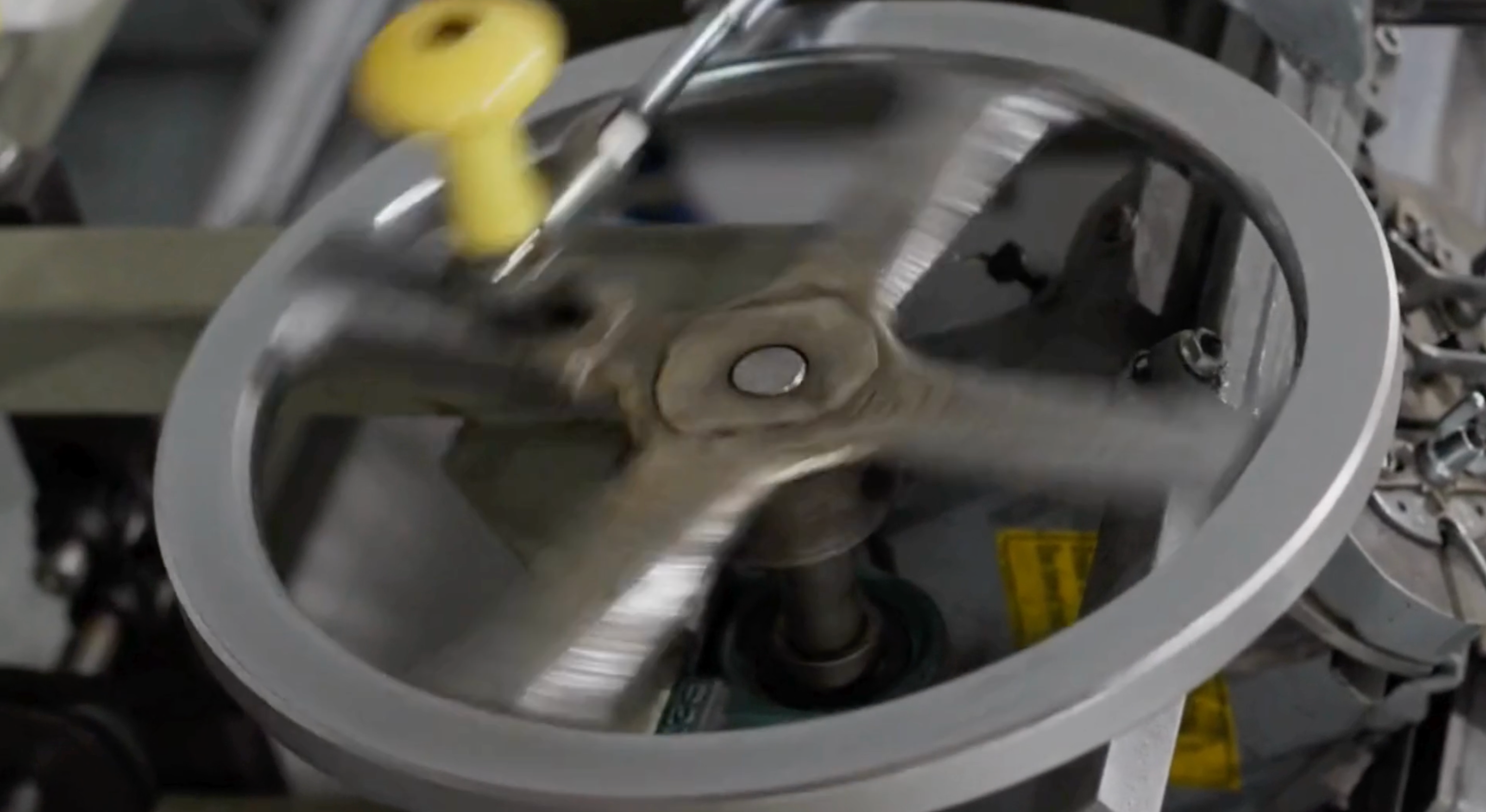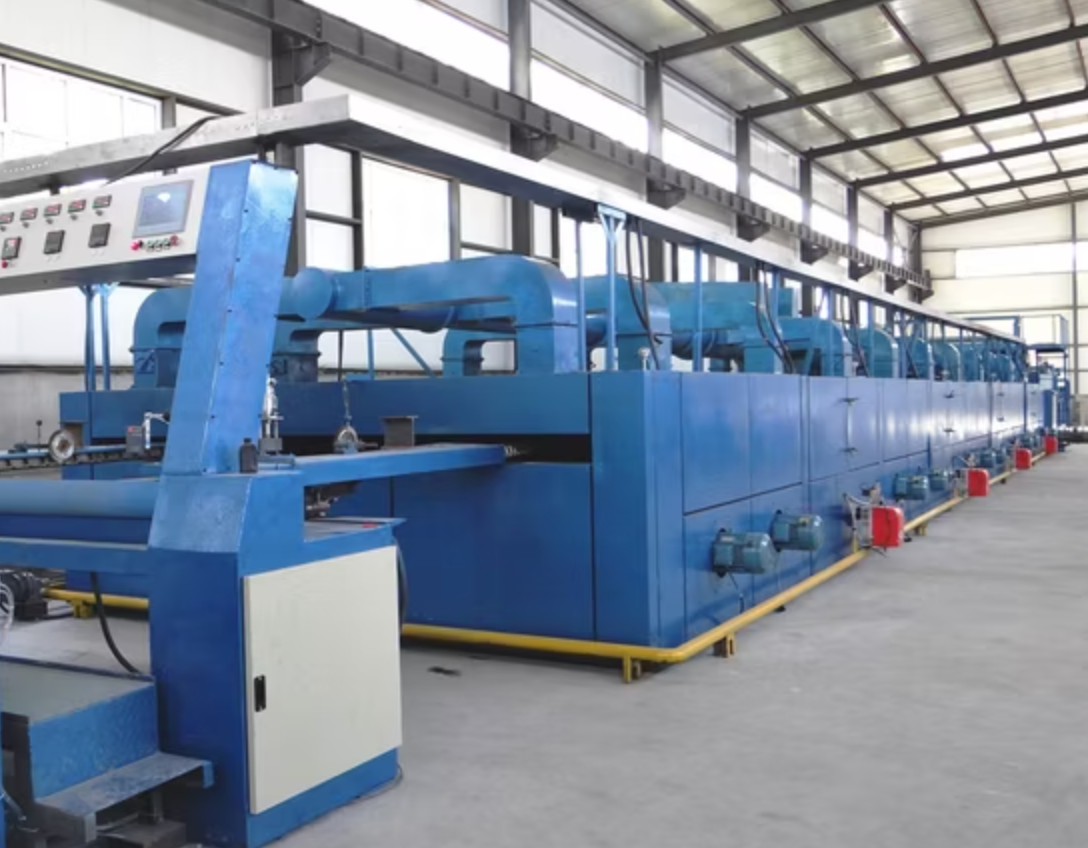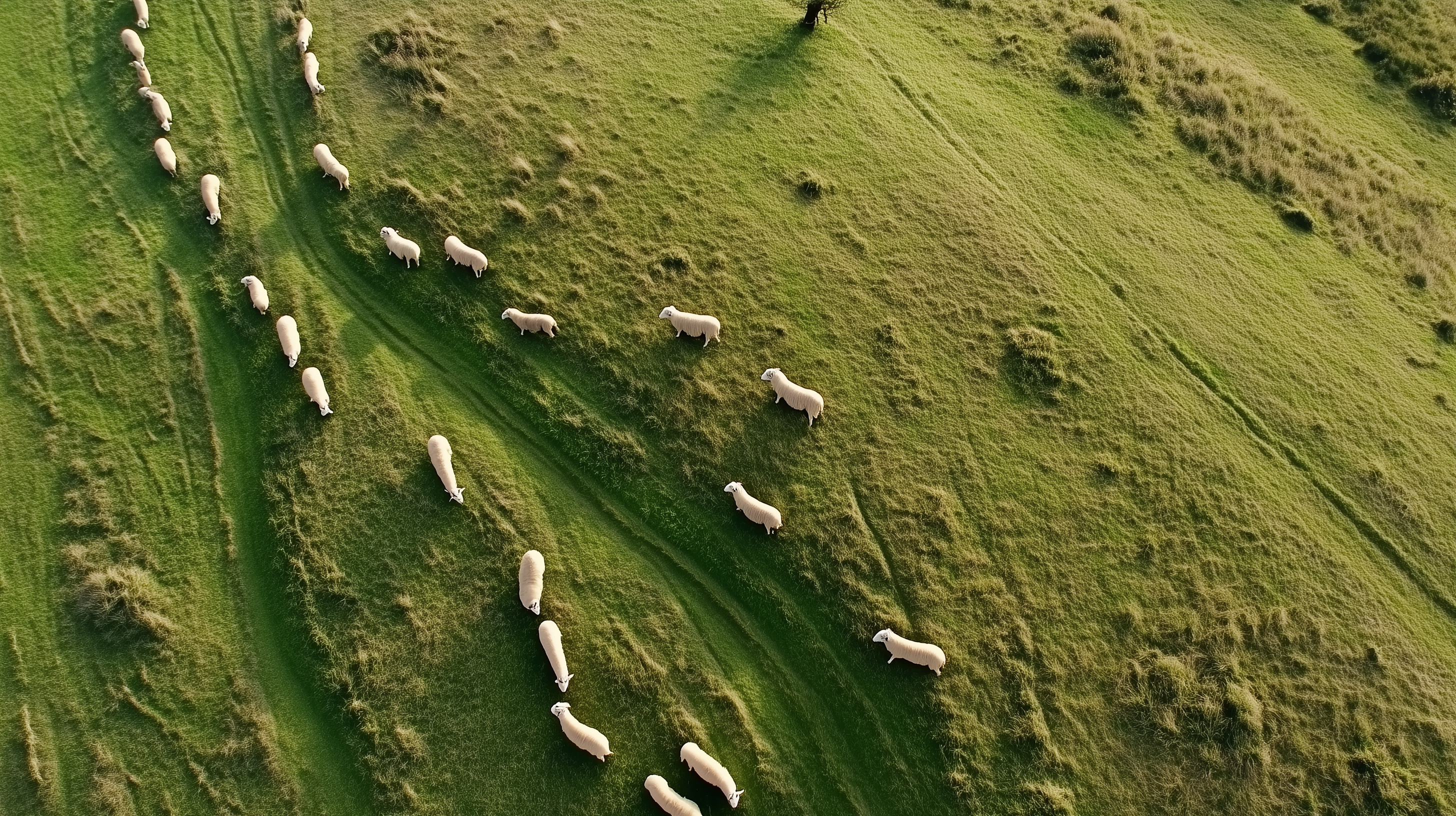
THE AUSTRALIAN-MADE DIFFERENCE —
Tour Silver Fleece
Go behind the scenes of our state of the art facilities, with an exclusive look at how our premium Australian-made apparel & textiles are created here in South Australia.
THE FIRST WEDNESDAY OF THE MONTH AT 11AM | $25.00 PER PERSON.

What does Stenting do?
Insights & Threads
View all-

Why Buying Australian Made Matters
When you choose to spend a little more on an Australian-made product, whether it's $1 extra at the supermarket or $10 more on a locally made garment, you're doing more...
Why Buying Australian Made Matters
When you choose to spend a little more on an Australian-made product, whether it's $1 extra at the supermarket or $10 more on a locally made garment, you're doing more...
-

Eucalyptus-Based Safe Laundry Detergents
At Silver Fleece, we take pride in crafting high-quality garments designed to last. To help you get the most wear out of your apparel, we recommend choosing gentle, plant-based laundry...
Eucalyptus-Based Safe Laundry Detergents
At Silver Fleece, we take pride in crafting high-quality garments designed to last. To help you get the most wear out of your apparel, we recommend choosing gentle, plant-based laundry...
-

What does stenting (using a stenter) do?
For quality assurance and textile/product care a stenter is a machine used in textile finishing to: Set the fabric width to the desired measurement Control shrinkage and stabilise dimensions Cure coatings,...
What does stenting (using a stenter) do?
For quality assurance and textile/product care a stenter is a machine used in textile finishing to: Set the fabric width to the desired measurement Control shrinkage and stabilise dimensions Cure coatings,...
-

How to Wash & Care for Rugby Tops
Rugby tops are built to take on tough days—but like any quality garment, a little extra care goes a long way. Whether it's for sport, school, or casual wear, here’s...
How to Wash & Care for Rugby Tops
Rugby tops are built to take on tough days—but like any quality garment, a little extra care goes a long way. Whether it's for sport, school, or casual wear, here’s...

Gold Standard in Sustainability
From ethically sourced Australian wool to low-impact production and long-lasting garments, we’re knitting a more responsible future—helping our customers reduce their footprint without compromising on quality or craft.




